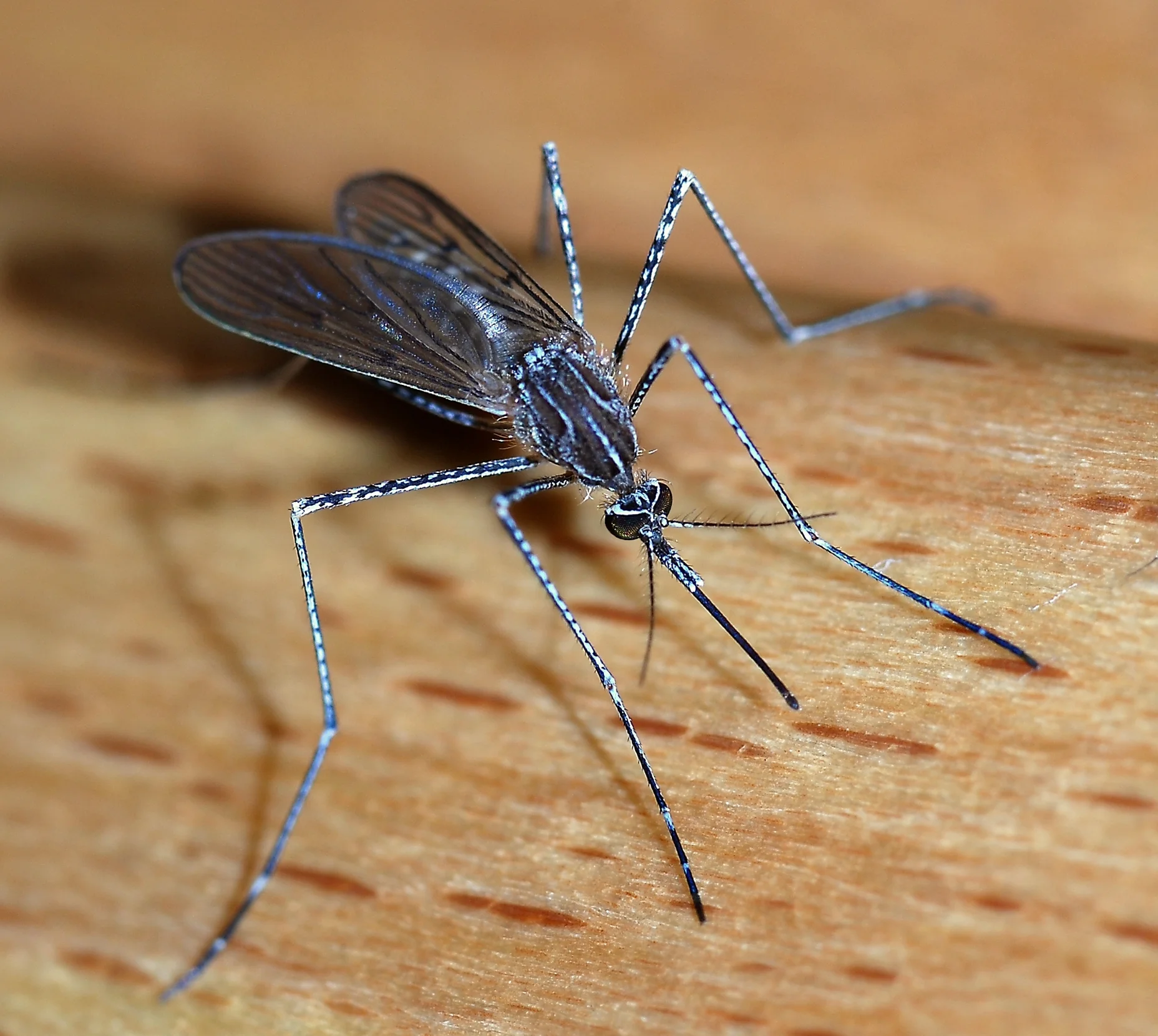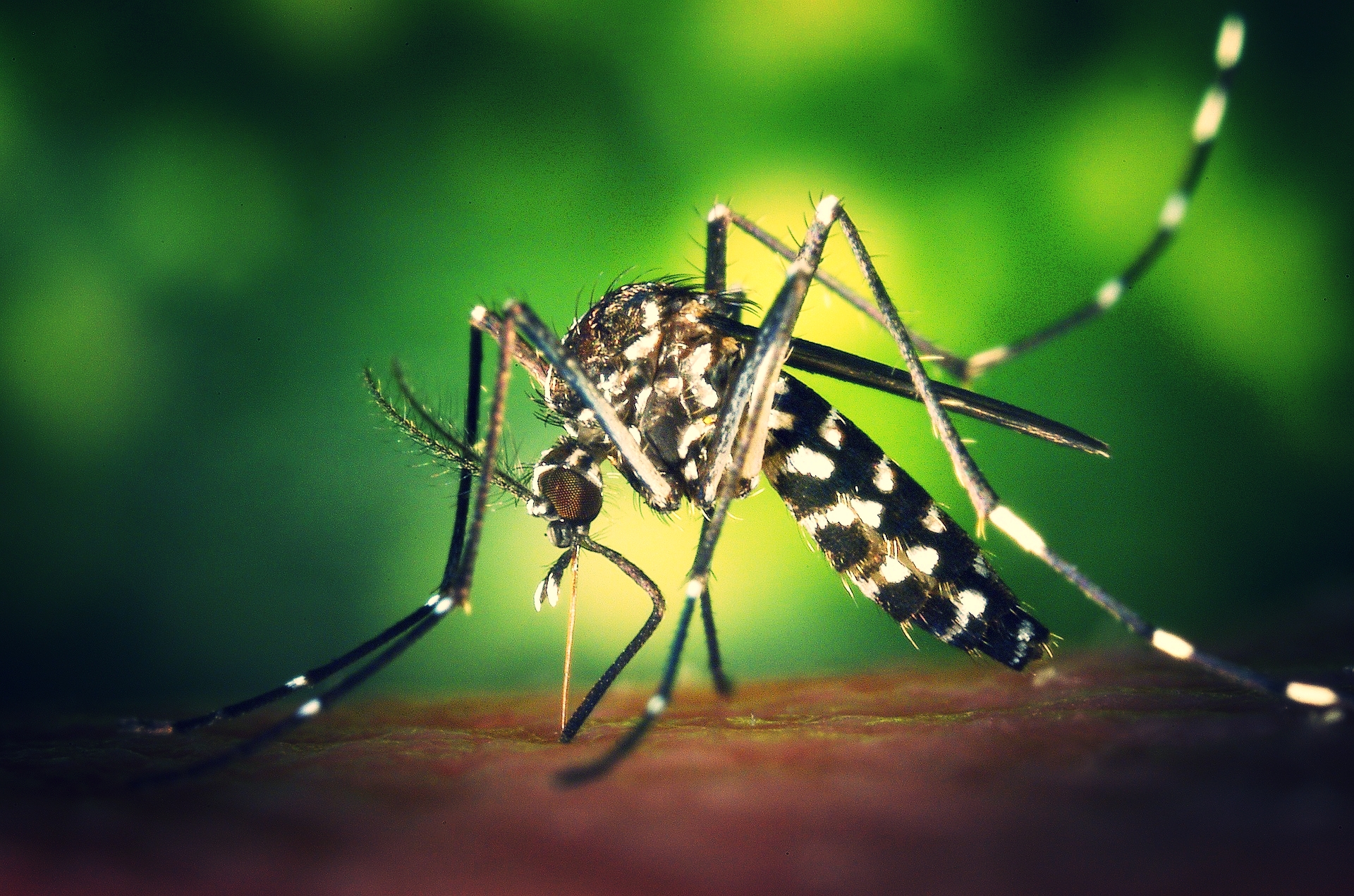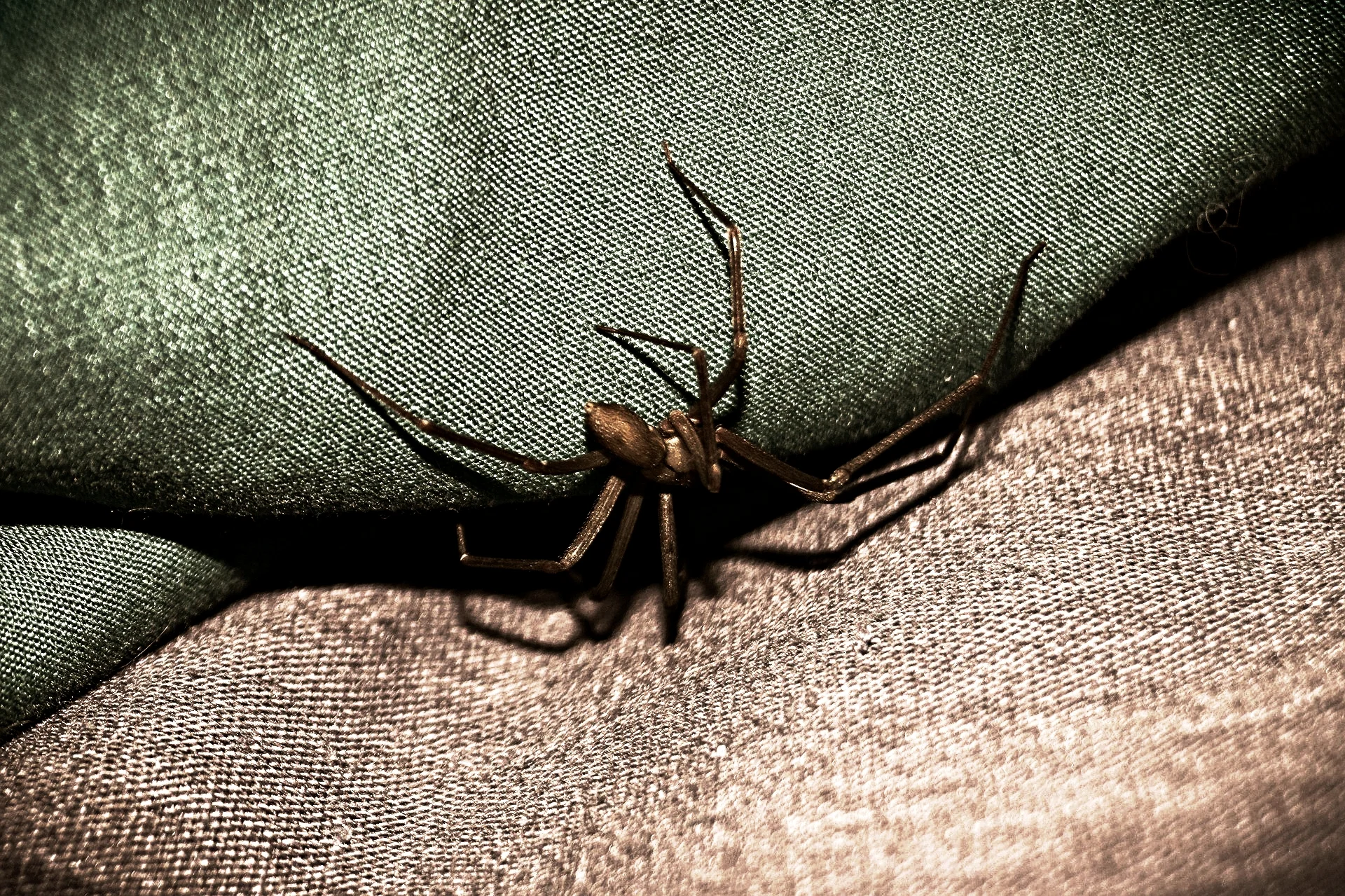Fall is finally here. The days are getting shorter, the nights are getting longer, and as the temperature continues to drop, people will increasingly rely on their furnaces for warmth. The furnace might not have been active since the previous spring, and may be in need of a duct cleaning.
Containment and HEPA Filtration in Mold Remediation
Gladhill Service’s Mold Remediation Process is customized to meet the specific moisture and ventilation issues of each home. The process begins with an inspection that we use to develop a strategy, and (in many cases) it ends with a lab-tested air sample at the completion of the job.
However, one of the most important steps in the Mold Remediation Process is containment and HEPA filtration. If proper action isn’t taken to prevent the spread of mold throughout the cleaning process, the mold problem could recur or even get worse.
To understand why containment and HEPA are important, we have to look at how mold spreads and some of the techniques that Mold Remediation professionals use to prevent it.
Can Crickets Tell You The Temperature Outside?
It's that time of year again when male crickets call out to all the lady-crickets. At first, we just hear a massive chorus of rapid chirping but, have you ever wondered why the chirping slows down sometimes? It's time to toss out your thermometer and just listen to why.
Sometimes we must only listen and observe all things in nature to gain a greater understanding.
Male crickets rub their wings and legs together creating chirping sounds in an effort to attract females. Both male and female crickets feed on plants (and other insects sometimes). Unlike their closest relatives (grasshoppers & Katydids) crickets have the ability to tell us how cold it is outside. All you have to do is pay attention and count how many times they chirp in a minute. Then, divide that number by 4. Then, add that number to 40 to know the temperature outside. Simple right? It's down right amazing and, if you don't believe it do the math and find out for yourself.
We hope you enjoyed this factual post so be sure to give us a like and share. Tell others about this amazing gift from crickets and please leave us a comment or two so we can continue bringing you informative posts to learn from and enjoy enjoy.
Gladhill Services is a family-owned and operated local Pest Control, Mold Removal, Waterproofing and Duct Cleaning authority serving Maryland, Pennsylvania, West Virginia and many parts of Virginia. 717-597-1040
Check out this article about getting rid of flies from our friends at morning chores.com
35 Tips To Get Rid Of Flies And Bring Peace Back To Your Home
What's That Huge Bee In My Yard?
So what exactly is that huge bee flying across the lawn? The first thing to understand is, it's not a bee. It is a very large wasp that does some amazing things. Meet the Cicada Killer Wasp.
Cicada Killer Wasp
Throughout Maryland, West Virginia and Pennsylvania, you will likely see one of these massive wasps flying across your lawn. Sometimes you might see one hovering a few feet above the ground and drop something. They are dropping a cicada that was paralyzed by a sting. And if this wasn't bad enough to hear keep reading.
In a nutshell, here is how it works. The female cicada killer flies out after digging a burrow in the ground. She hunts down a male or female cicada then attacks with a venomous sting. The sting paralyzes the cicada permanently. The female cicada killer wasp then picks up the paralyzed cicada and while in flight drops it at her burrow. The female cicada killer then lands to drag her prey into the burrow where she injects a single egg. The egg then hatches and the larvae of the cicada killer wasp begins feeding on the paralyzed cicada carefully keeping it alive.
On an interesting note the female wasp can determine the sex of her offspring. Pretty cool huh?
Now, for the ultimate question: Cicada Killers are most unlikely to sting you. They are far too busy digging burrows, hunting cicadas, and laying eggs in them for a human to become a bother. Yes, they do have the ability to inflict a painful sting if stepped on or grabbed, or, even swatted at in defense. The most unsightly problem female cicada killers create are rather large holes in your lawn along with piles of dirt next to them.
If you have Cicada Killer Wasps in your lawn give Gladhill Services a call 717-597-1040 so we can help you evaluate the situation to be sure they do not become a problem. The longer you let them go in the yard the more you will have each coming year.
How Not To Get Bit By Mosquitos
Preventing Mosquitos in the backyard and other outside living areas can be a daunting task for most of us. In fact, more often than not it seems to be a losing battle. But, we never give up! There are several ways to approach the battle against mosquito populations.
Tiger Mosquito
Mosquito control must be performed at different levels and, once you understand where mosquitos breed, live, and rest it is only then you can begin controlling populations effectively.
STANDING WATER
Uncirculated water, ponds, fountains, retention ponds, birdbaths, and old tires.
With all the rain in recent months, standing water can easily accumulate in low areas of your lawn, under decks and even patios. Water may collect under trash cans, potted plants and other areas of likeness. Mosquitos will breed in these areas and their larvae can be seen swimming about in no more than a bottle cap-size amount of water. If these areas weren't enough of a concern lets move on and consider smaller known breeding sites for mosquitos around the house.
MOIST CONDITIONS
Tree wells, tree holes, flowerbeds, plant containers, decorative pots, sprinklers.
If it wasn't enough to go in search of wet areas around your house, you cannot overlook moist areas where water is not pooled. Soil retains moisture at the base of plants and low areas in the lawn may contain the right amount of moisture for mosquito breeding even if you see no standing water. Mosquitos are most active at dawn and dusk to avoid direct sunlight. Yes, sometimes you may find one in direct sunlight but, for the perfect conditions, they prefer shade and these are the areas needing special attention when it comes to control and elimination.
RESTING AREAS
Any surface out of direct sun and wind is a perfect location for mosquitos to rest.
When it comes to the DIY mosquito slayer, there are several things to consider before having at it in the backyard. First, be sure to seek out all areas mentioned above. Secondly, you must consider other methods of control. There are multiple ways to control mosquitos. By eliminating harborage sites you have already increased your success. It's important to remember that if your neighbor, nearby structure or, natural area close by has any of these harborage sites you will still get mosquitos. If you have sought out and eliminated every possible harborage site for mosquitos on your property and still find yourself and family getting bitten you must begin accessing other control methods like citronella candles, netting, traps, and repellants.
Controlling mosquitos successfully is a multi-fold process where you must incorporate more than one method and this should be left up to professionals like Gladhill Services but, if you feel froggy and want to dive into this murky water on your own then, here's how to do it.
TRAPS
It doesn't take much to knock a mosquito out of the way or even push them back but if choosing this route be aware that if you use netting or repellant methods you are only pushing them back temporarily. Mosquito traps work in the same as you are now relying on the traps to lure them in to be caught. Traps do not eliminate mosquitos but, simply entice them to come closer and become contained within the trap. You may end up bringing more mosquitos than you had to begin with as many traps emit a bait for mosquitos.
NETS
Mosquito netting is good stuff simply because they keep mosquitos away from you immediately. Nets can be wrapped or set up around the area you wish to enjoy. Some are cheap and some get costly but they do work. Again, there is no effective control for mosquitos using a net - you are not eliminating them, just keeping them away from you. It's been noticed that large populations of mosquitos may be seen accumulating on the outside of nets as they wait for you to exit. To avoid this you can spray the net with a DEET-based repellant before entering.
REPELLANTS
The common name DEET. Every grocery store, pharmacy and camping supply company sells Off and it works. By using these products on your clothing and gear, mosquitos avoid getting to close to you. Again, use them according to their labels and reapply as needed when outdoors. Just remember that these products typically have no residual meaning once you spray them they do not last.
The battle against mosquitos is all about finding balance in all things natural so start by eliminating standing water and moisture around your home then put up a net to get immediate protection. Apply an insect repellant like Off if needed to offer further protection from getting bit.
If your mosquito problem doesn't get better then give us a call at 717-597-1040 so Gladhill Services can help improve your mosquito problem professionally.
Are Spiders Dangerous To Dogs?
With over four thousand species of spiders crawling around and spinning their webs in the United States, only a handful should be of concern to homeowners. But, if you own a pet, it’s not just your own worry or safety.
When you know which spiders are potentially harmful it helps keep you, the kids, and your pets safe within a healthy home environment.
Common Spider Types
Many spiders simply wander inside your home to stay dry and out of site. Some spiders may end up being born inside if conditions allow. Don't panic though because a spider crawling across the floor most likely won’t harm you or your pets.Read more and learn about the most common spiders you'll find inside your home occasionally and the few you should have concerns over.
The Common House Spider
Brownish to gray spiders that make funnel webs, and favor undisturbed areas in attics, basements, and garages. Common house spiders are found throughout the country with color, size, and webbing ranging from one region to the next.
Jumping Spiders
These small spiders are known for their ability to jump. These spiders can be black to gray with bright markings of white typically. Jumping spiders are most active during the day. They live and thrive outside on foliage, fences and decks. No need to worry too much about them. Watching them can be entertaining at times as they dance and jump around.
Yellow Sac Spiders
Beige or yellowish, these spiders run along baseboards and behind pictures most commonly. They’re most active at night and typically feed on other insects. They are able to bite, but bites are not harmful typically resulting in a small, hardened red area.
Wolf Spiders
Unless threatened or provoked, Wolf spiders will not bite and commonly enter homes under doors while seeking shelter or chasing prey. Llike most spiders, they are venemous, but their venom is generally not a threat to humans. Physicians typically describe bites from wolf spiders as large red and swollen areas. Sometimes fang marks may be seen as two tiny red dots next to each other in the center of the redness.
Spiders of Concern
Black Widow
Black widows are known for their shiny black bodies and red hourglass marking. The bite of a black widow makes it one of the most revered spiders in the U.S. These spiders are commonly found in garages and well... near or under almost anything black and left undisturbed. This is not to dismiss other objects of a different color. Black widows can be found under debris piles, firewood, inside or behind stored boxes even. Always be careful when you find one. Its best to call a professional in this case.
Brown Recluse
If you live in Maryland, Pennsylvania or West Virginia do not be too concerned over the brown recluse spider because they are found throughout the mid-west and southern regions of the United States. Brown recluse spiders are venomous though, and can be harmful to you and your pets.
Nicknamed “fiddleback,” brown recluse spiders are brown and easily noticable by the violin-shape on their backs. Keep in mind that several spider types have this same marking and are not harmful to people or pets. Brown recluse spiders are no larger than a quarter.
Need Help Controlling Spiders?
If you’re in need of help controlling spiders here are a few steps to help prevent them from entering your home:
- Trim trees and shrubs away from house.
- Seal cracks and holes around your home.
- Secure loose screens to attic and foundation vents.
- Seal any holes around pipes or vents around exterior of home.
If you would like more help controlling spiders, contact Gladhill Services or call 717-597-1040
You Sure It Was A Brown Recluse?
I have heard it countless times. "I was bitten by a brown recluse." "My doctor said it's a brown recluse bite." "I have those deadly spiders all over my house." Fact is, the brown recluse spider is the most misunderstood of all spiders out crawling the black widow five to one. Chances are, if you live in Maryland, Pennsylvania or West Virginia it wasn't a brown recluse after all and, you'll probably never see one. Here's why...
Brown recluse spiders are so steeped in myth and fear you most likely identified the wrong spider. Everyone seems to believe them to be large spiders with lengthy legs spreading across the palm of any hand. But these spiders are no bigger than the size of a quarter. So, that huge spider you thought was a brown recluse was more likely a wolf spider if you live in MD, PA or WV.
What Does A Brown Recluse Look Like?
Brown recluse spiders are light brown to tannish in color. Sometimes called “fiddle-backs," brown recluse spiders are one in several species of spider, including the wolf spider, all having this same violin-shaped marking. The best indicator next to its color and size is the brown recluse has six eyes (or three pairs) while other spiders have eight eyes.
Where do Brown Recluse spiders live?
Brown recluses are, in fact, reclusive creatures that are very shy and not easily found. If you live in Maryland, Pennsylvania or West Virginia for that matter chances of you finding a brown recluse are next to slim because this spider is rarely found outside of Alabama, Arkansas, Louisiana, Missouri and Mississippi.
Now that you know about the brown recluse perhaps you won't worry about them so much. But, if you do feel you saw one, or if you have a spider issue in your home give Gladhill Services a call 717-597-1040 and they can help.
Learn more about how Gladhill Services helps create healthy homes >>>











